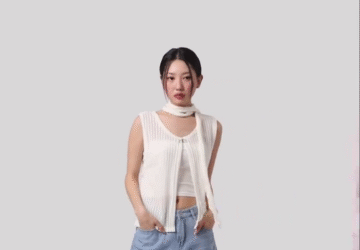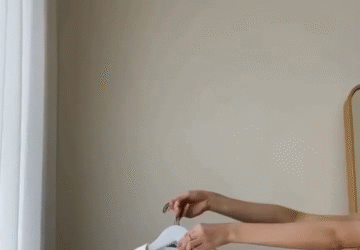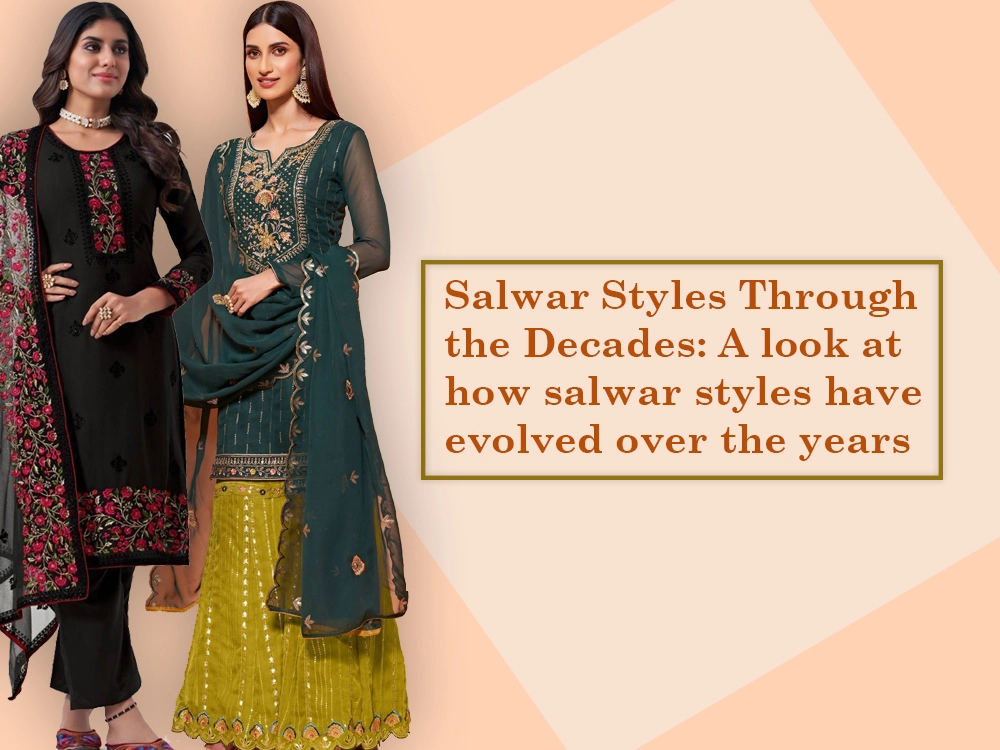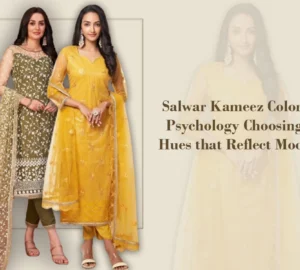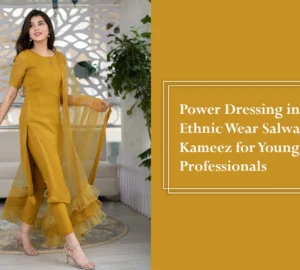Salwar suits—synonymous with grace, comfort, and tradition—have remained a cornerstone of South Asian fashion for centuries. From the royal courts of Mughal India to modern-day runways, the salwar suit has seen a remarkable transformation. This beloved ensemble, once defined by simplicity and modesty, has evolved into a diverse, trendsetting outfit that merges tradition with innovation.
In this blog, we take a nostalgic and stylish journey through the decades to see how salwar styles have changed, reinvented, and reshaped cultural fashion from the 1940s to the 2020s. Whether you’re a lover of vintage fashion or a modern-day trendsetter, there’s something here for every fashion enthusiast.
1940s–1950s: The Dawn of the Traditional Salwar Kameez
The Style:
In the 1940s and 1950s, salwar kameez was worn primarily for its practicality and modesty. Women in northern India and Pakistan adopted this three-piece garment—salwar (pants), kameez (tunic), and dupatta (scarf)—as a staple for daily wear.
Key Features:
- Loose-fitting salwars (usually pleated at the waist and cuffed at the ankle)
- Straight-cut or A-line kameez
- Heavy cotton or khadi fabrics
- Minimal embroidery or simple hand-stitched patterns
The Vibe:
Simple, traditional, and rooted in cultural authenticity. The dupatta was draped conservatively, often over both shoulders or used to cover the head.

1960s: Feminine Flourish & Floral Prints
The Style:
The 1960s introduced more feminine touches and lighter fabrics. Fashion began to borrow from global influences, especially in prints and patterns.
Key Features:
- Chiffon and georgette kameezes
- Pastel shades and floral motifs
- Shorter kameez lengths
- More fitted silhouettes
- Patiala salwars with multiple pleats became a favorite
The Vibe:
Effortless elegance with a romantic touch. Women began experimenting with printed dupattas and light embellishments, giving the outfit a delicate charm.
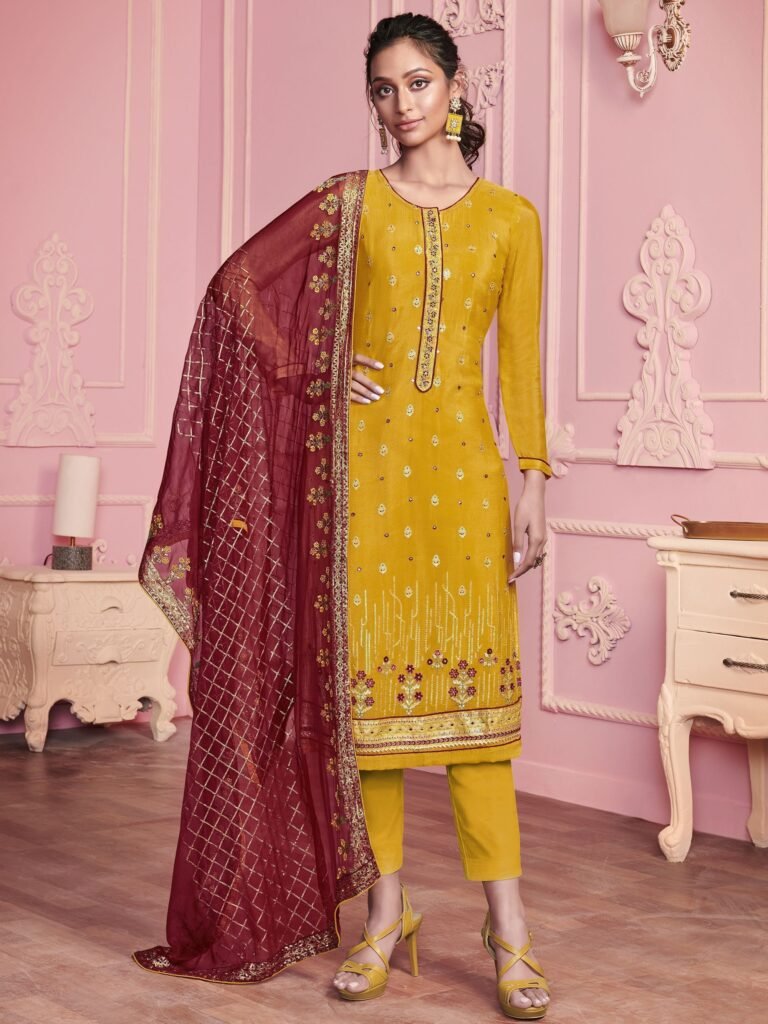
1970s: Bold, Flowy, and Boho-Inspired
The Style:
Fashion in the 1970s was bold, colorful, and rebellious—and the salwar suit followed suit. Influences from Bollywood were massive, with stars like Zeenat Aman and Parveen Babi setting trends.
Key Features:
- Bell-sleeved kameezes
- Flowy palazzo-style salwars
- Psychedelic prints and bright colors
- Crushed cottons, silks, and satin-like materials
The Vibe:
Bohemian and experimental. Salwar suits in the 70s reflected a carefree and expressive spirit, blending tradition with global funk.
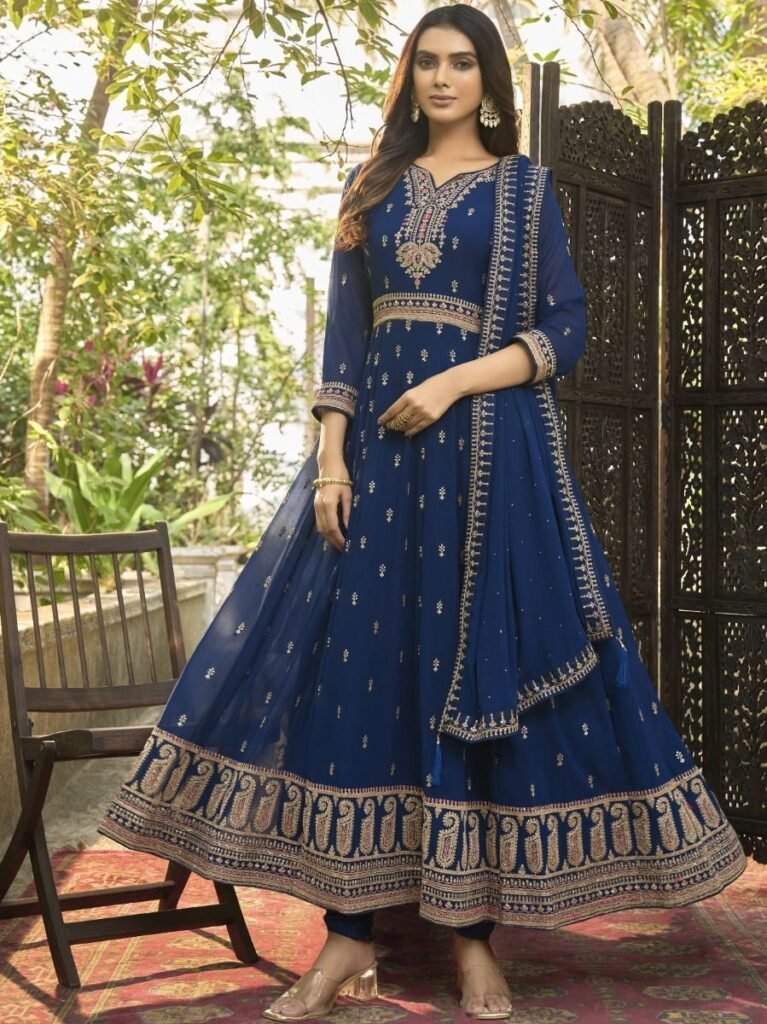
1980s: Power Dressing Meets Tradition
The Style:
The 80s brought shoulder pads, voluminous sleeves, and sharp tailoring—even in ethnic wear. Salwar suits became structured and more defined.
Key Features:
- Bold shoulder pads and puffed sleeves
- Contrasting piping and sharp cuts
- Geometric prints and color blocking
- Ankle-length straight-cut salwars or churidars
The Vibe:
Strong and statement-making. Women’s ethnic wear mirrored the assertiveness of the decade, combining comfort with authority.
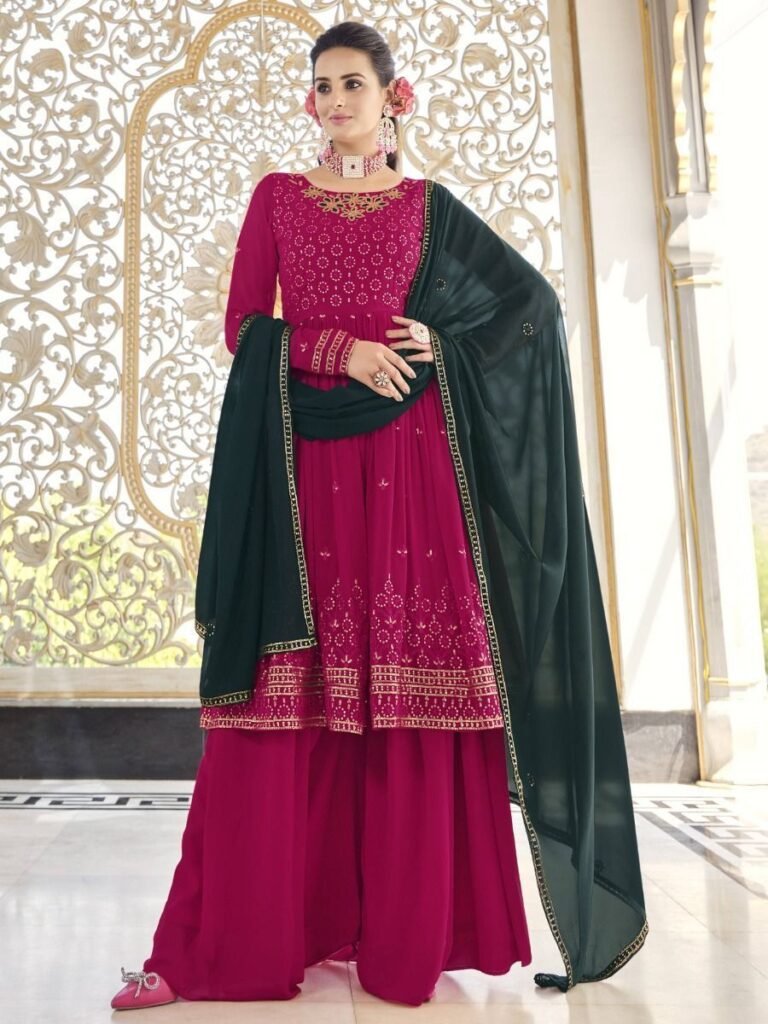
1990s: The Era of Simplicity and Bollywood Glamor
The Style:
The 1990s saw a return to simplicity, fueled by classic Bollywood films and stars like Madhuri Dixit and Karisma Kapoor. The Anarkali suit also started gaining popularity during this era.
Key Features:
- Solid pastel hues and sequined embroidery
- Churidar-style salwars that hugged the leg
- Short and mid-length kameezes
- Soft net and silk dupattas
The Vibe:
Understated glamor. The ‘girl-next-door’ aesthetic was embraced, making salwar suits ideal for both everyday wear and special occasions.
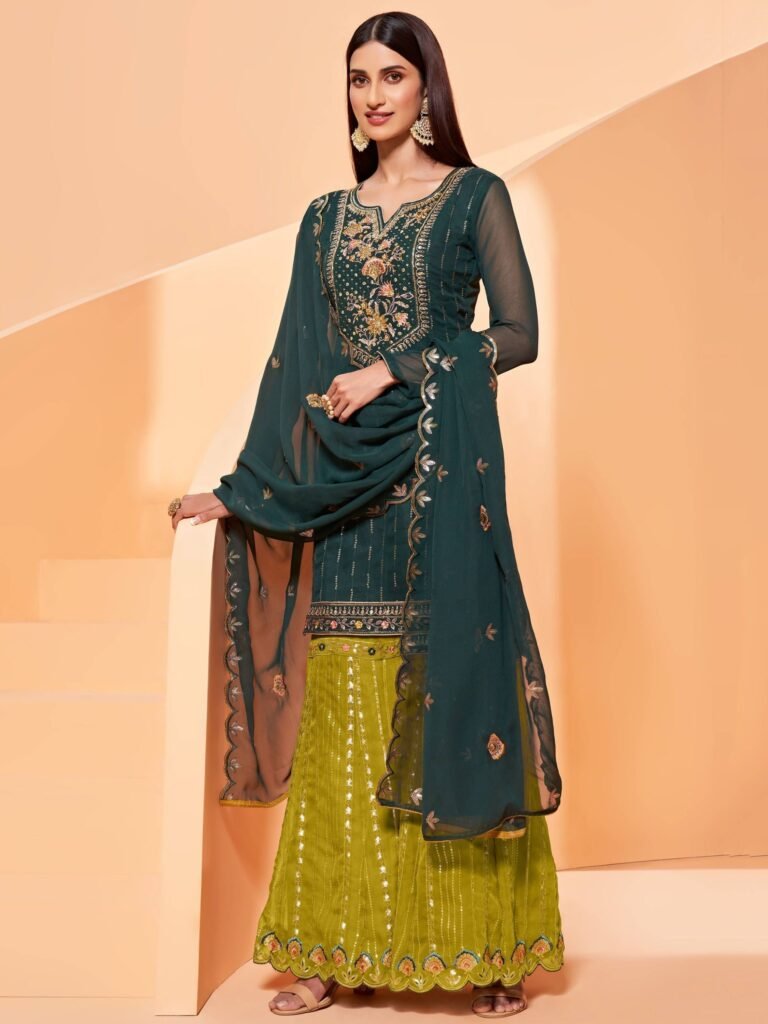
2000s: Fusion Fashion Takes Over
The Style:
With globalization and the rise of Indo-Western fashion, salwar suits began to merge with Western silhouettes. From tunic-style tops to trousers replacing traditional salwars, fusion fashion exploded.
Key Features:
- Kurti with jeans trend
- Asymmetrical hemlines
- Use of Lycra, rayon, and synthetic blends
- Heavily embellished partywear suits with stones and zari
The Vibe:
Versatile and global. The salwar kameez became a canvas for experimentation, breaking geographical and cultural boundaries.

2010s: The Return of Royalty with a Modern Twist
The Style:
The 2010s brought back royal aesthetics with modern tailoring. Designers reintroduced Anarkalis, Angrakhas, and floor-length suits, often seen on red carpets and weddings.
Key Features:
- Floor-length Anarkalis with high-low cuts
- Sheer sleeves and capes
- Velvet and silk fabrics for formal wear
- Slim-fit churidars or cigarette pants
The Vibe:
Regal meets refined. Embroidery became more intricate, and layering with jackets or capes added dimension to the traditional outfit.
2020s: Comfort, Sustainability, and Contemporary Craft
The Style:
Today’s salwar styles are a reflection of personal values—comfort, sustainability, and identity. From conscious textiles to contemporary cuts, modern salwar suits are versatile and purpose-driven.
Key Features:
- Sustainable fabrics like khadi, organic cotton, and handloom
- Relaxed fits with anti-fit kameezes and flared pants
- Monotone sets, minimalism, and clean silhouettes
- Hybrid styles: Kaftan kurtas, cowl salwars, and jacket suits
- Gender-neutral and unisex pieces gaining popularity
The Vibe:
Authentic, expressive, and adaptable. The salwar kameez is now a fashion-forward outfit that honors the past while embracing the future.
Honorable Mentions: Timeless Salwar Styles
While fashion trends come and go, certain salwar styles have withstood the test of time:
Patiala Suit:
From Punjab with love, the Patiala suit remains iconic for its voluminous pleated pants and short kameez.
Churidar Suit:
Slim and elegant, churidars accentuate the legs and are paired beautifully with both short and long kameezes.
Anarkali Suit:
Flowy, regal, and dramatic—this Mughal-inspired gown continues to grace weddings and festive occasions.
Sharara & Gharara Suits:
With wide-legged pants and intricate embellishments, these styles bring a dose of old-world charm and luxury.
Final Thoughts: The Timeless Evolution of Salwar Fashion
From modest beginnings to high-fashion statements, the journey of the salwar suit is a testament to cultural evolution and creative expression. Each decade has added a new dimension—be it structure, flair, color, or ideology.
As we move forward, salwar styles continue to evolve with technology, social change, and sustainability. And yet, the essence remains the same: rooted in tradition, tailored for modern life.
🛈 Disclaimer
Informational Purposes Only All content on berlinbazar.com is provided solely for educational and informational purposes. We do not sell or promote counterfeit products. Our goal is to help consumers identify, compare, and make informed decisions about fashion and accessories.


